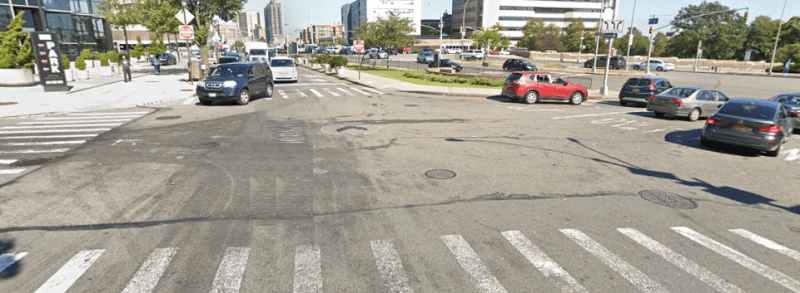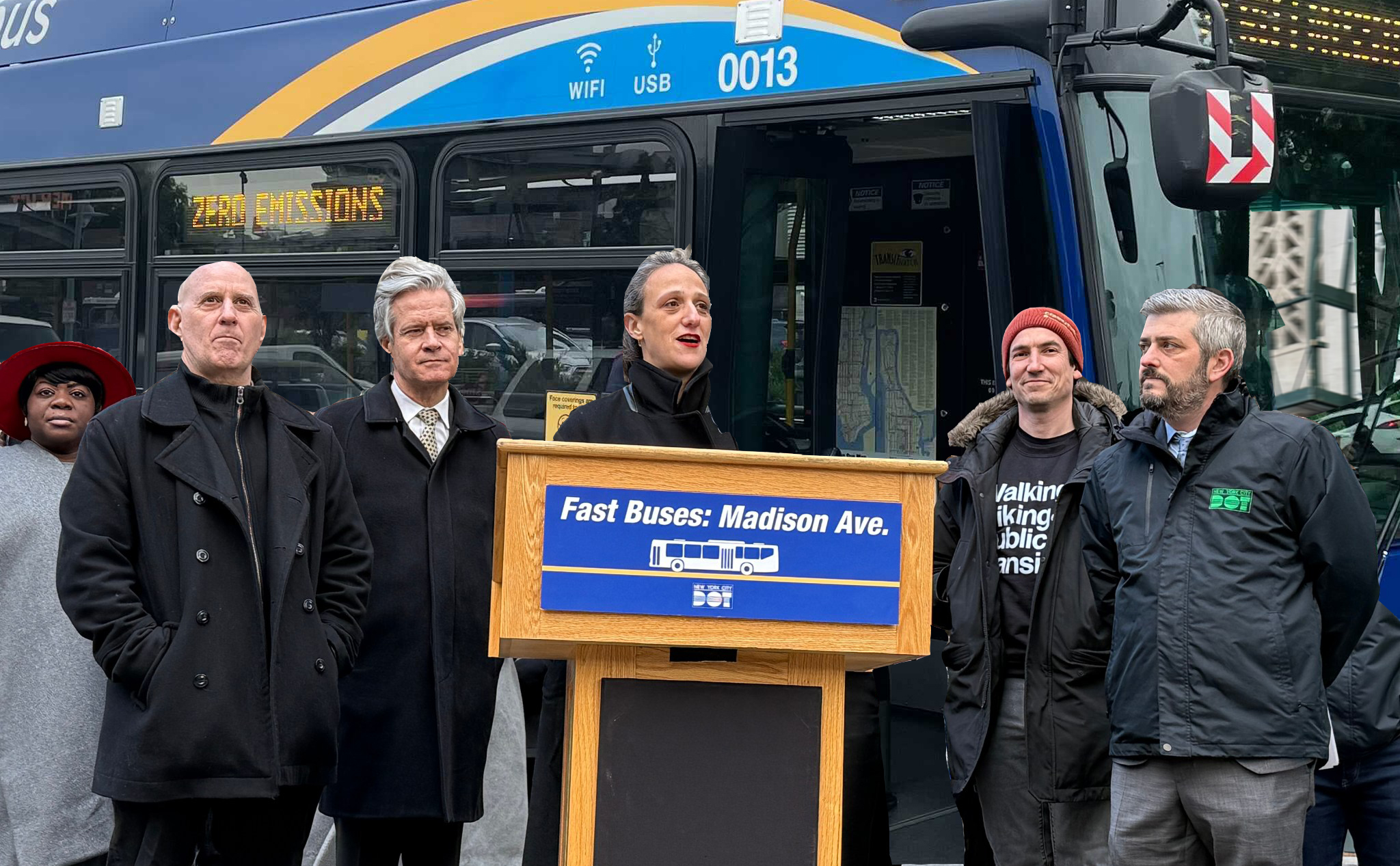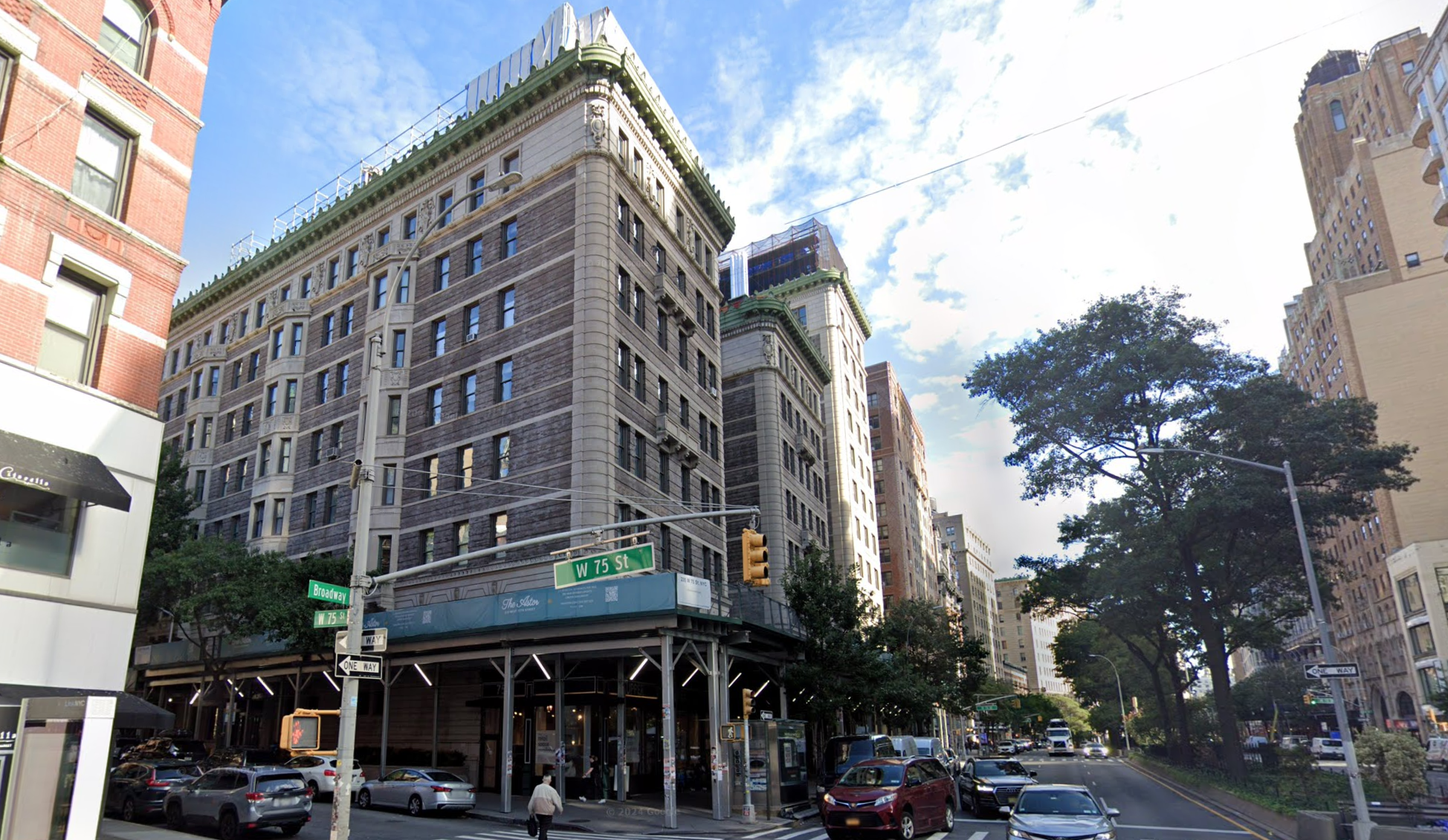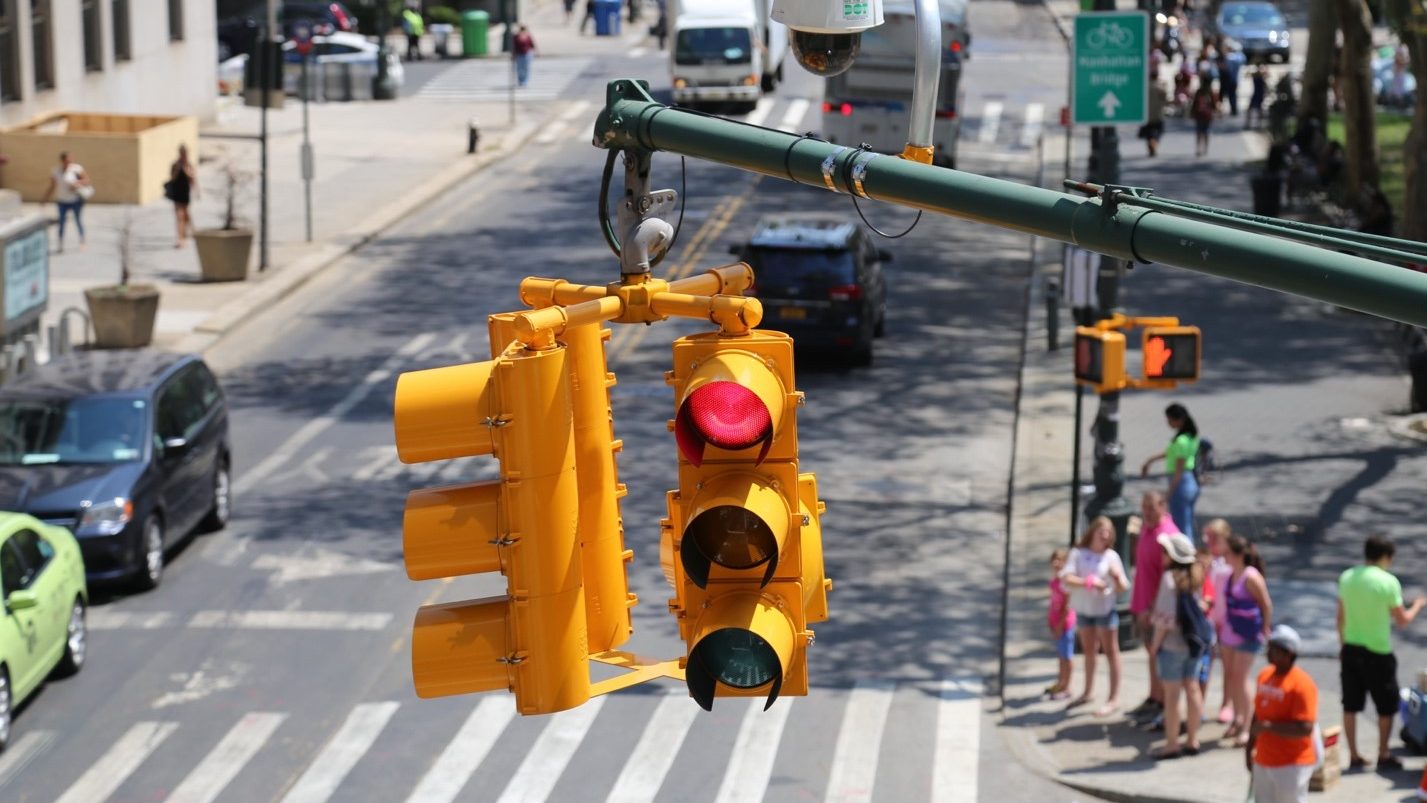Broken traffic cameras. Worn-away crossing markings. Intersection fixes, like traffic lights, that take forever to get done.
Here’s a story that won’t surprise those who walk or bike on city streets:
The Department of Transportation fell down on the job of maintaining safety at some city intersections — and repairs at the dangerous corners often took way too long, according to a state watchdog.
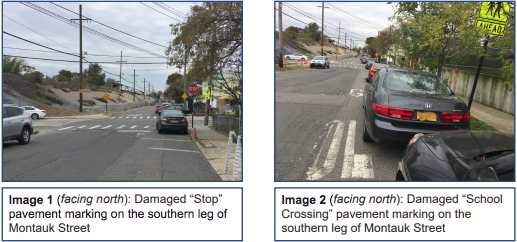
State Comptroller Tom DiNapoli's office reviewed the operations of several DOT units that monitor or fix intersections and “found that all of them need to improve their performance,” according to a Sept. 30 audit, which covered the period of Jan. 1, 2016 through March 13, 2020 and looked at intersections around the city. The audit examined the workings of the Intersection Control Unit, the Enhanced Intersection Unit, and the Traffic Management Center.
Some key findings:
- Traffic studies for fixing intersections (these are often requested by local authorities, such as City Council members or community boards) were taking too long. The comptroller’s review of 78 intersection studies found those took an average of 10 months to complete, when the DOT’s Resource Guide said those studies should be completed in four months. “In fact, 34 studies took more than one year to complete,” the audit said.
- Traffic cameras stayed broken for long periods, “including 35 traffic cameras that were out of service for over 180 days, with two traffic cameras out of service for over five years.”
- Improvements that the DOT promised per traffic studies (for example, traffic signals) were not made — or, at least, hadn’t been made when the comptroller’s inspectors checked. Auditors visited 17 intersections where the DOT had recommended such improvements “and found six improvements that were not implemented.”
- Some traffic studies lacked required documentation.
The audit recommended that the DOT up its game, basically, by:
- Requiring that the department meet its own time frames.
- Developing “a process ... to ensure that improvements recommended by its inspectors are implemented promptly.”
- Ensuring that intersection study files contain all required documentation.
- Developing procedures on camera repair.
In the DOT’s defense, the audit notes the conditions it described stemmed from an unfortunate, multi-year backlog in the mid-oughts that owed to a switch to digital record-keeping, a glut of requests for traffic studies from the public, and the demands of Vision Zero.
The DOT countered in a nine-page response to the audit that it disagreed with the audit's findings and conclusions "in several respects" — but agreed or partially agreed with 11 of the state’s recommendations for improving its operations and disagreed with two (which it said stemmed from misunderstandings of unit functions). In particular, it copped to the needs to fix traffic cameras more quickly and to provide better traffic-study documentation. The press shop did not immediately return a request for comment.
DiNapoli is the state’s chief fiscal officer and has broad oversight of agencies throughout New York.
